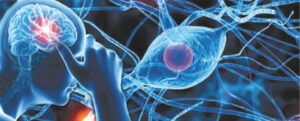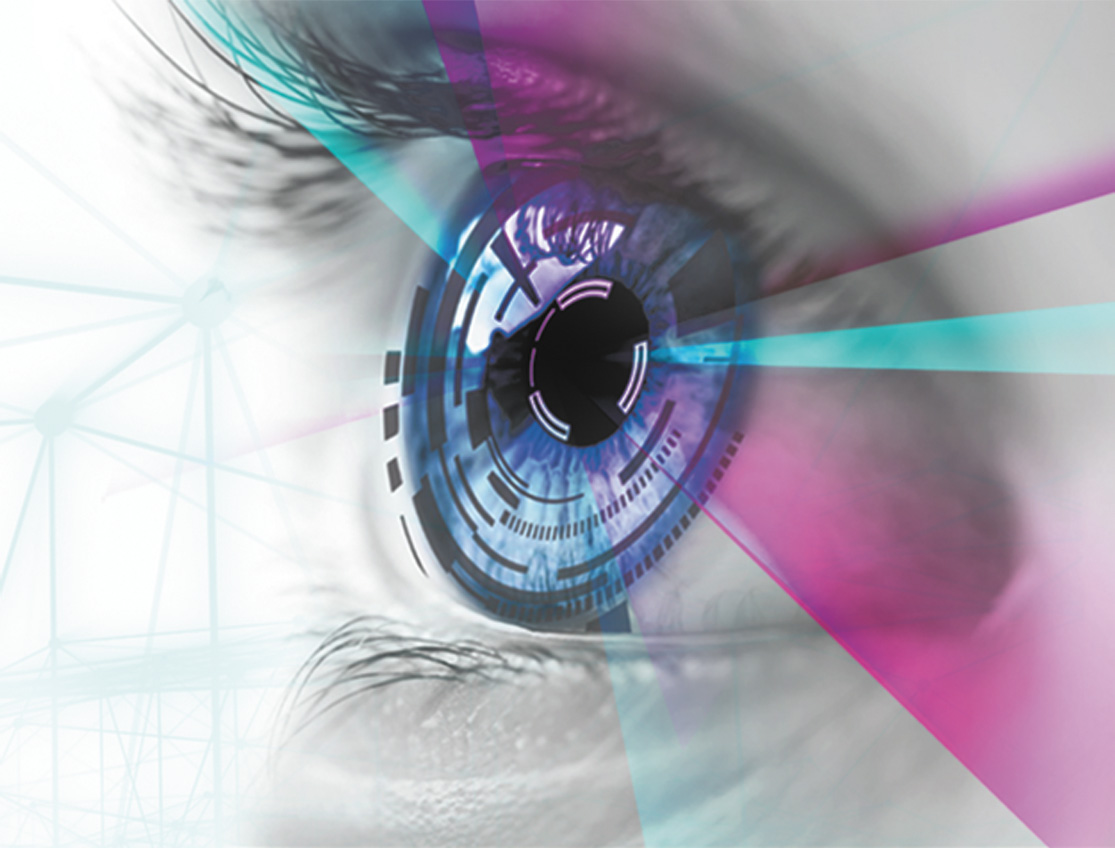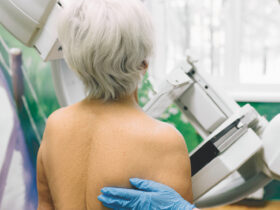By Cory Lamar, MD – Board-Certified in Clinical Neurophysiology and Epilepsy
 Every 40 seconds, someone in the United States experiences a stroke. This sobering statistic underscores the urgent need for widespread stroke awareness, as quick recognition and immediate medical intervention can mean the difference between full recovery and permanent disability—or even death.
Every 40 seconds, someone in the United States experiences a stroke. This sobering statistic underscores the urgent need for widespread stroke awareness, as quick recognition and immediate medical intervention can mean the difference between full recovery and permanent disability—or even death.
A stroke happens if blood flow to your brain slows significantly or stops. It can lead to paralysis, cognitive problems, loss of function, and, in some cases, death. Cory Lamar, MD, at Advanced Neurology Specialists, LLC, in Naples, Florida, is an expert in treating strokes and providing stroke rehabilitation. He also offers screening and stroke prevention services. Call Advanced Neurology Specialists, LLC, or request an appointment online today to determine your stroke risk.
What Exactly Is a Stroke?
A stroke occurs when the blood supply to part of the brain is interrupted or reduced, preventing brain tissue from receiving the oxygen and nutrients it needs. Brain cells begin to die within minutes of being deprived of blood flow, making stroke a true medical emergency. There are two main types of strokes: ischemic strokes, which account for about 87% of all cases and are caused by blocked blood vessels, and hemorrhagic strokes, which result from bleeding in the brain.
Recognizing the Warning Signs
The acronym FAST has become a vital tool for recognizing stroke symptoms quickly. F stands for Face drooping—does one side of the face droop or feel numb? A represents Arm weakness—is one arm weak or numb? S indicates Speech difficulty—is speech slurred or strange? T means Time to call emergency services—if any of these symptoms are present, time is critical.
Additional warning signs include sudden confusion, trouble understanding speech, sudden trouble seeing in one or both eyes, sudden severe headache with no known cause, and sudden trouble walking or loss of balance and coordination. These symptoms can appear suddenly and may come and go, but they should never be ignored.
Understanding Risk Factors
Several factors increase the likelihood of experiencing a stroke. Age is a significant risk factor, with the chance of stroke doubling every decade after age 55. However, strokes can occur at any age, and about 10% of stroke victims are under 45. High blood pressure is the leading controllable risk factor, followed by diabetes, heart disease, and atrial fibrillation.
Lifestyle factors also play a crucial role. Smoking doubles the risk of stroke, while excessive alcohol consumption, physical inactivity, and poor diet all contribute to increased stroke risk. Additionally, certain medical conditions like sleep apnea, high cholesterol, and previous mini-strokes (transient ischemic attacks) significantly elevate risk levels.
The Importance of Prevention
Prevention remains the most effective strategy against stroke. Regular health screenings can identify risk factors early, allowing for timely intervention. Blood pressure monitoring, cholesterol checks, and diabetes management are essential components of stroke prevention. Healthcare providers can assess individual risk factors and develop personalized prevention strategies.
Lifestyle modifications offer powerful protection against stroke. Regular physical activity, maintaining a healthy weight, eating a balanced diet rich in fruits and vegetables, limiting sodium intake, and avoiding tobacco use all contribute to stroke prevention. Even moderate changes in these areas can significantly reduce stroke risk.
Treatment and Recovery
When a stroke occurs, immediate medical attention is crucial. The phrase “time is brain” emphasizes that every minute counts in stroke treatment. Modern stroke treatments, including clot-busting medications and mechanical thrombectomy procedures, can restore blood flow to the brain if administered quickly enough.
Recovery from stroke is often a long journey requiring comprehensive rehabilitation. Physical therapy, occupational therapy, and speech therapy help patients regain function and adapt to any permanent changes. The brain’s remarkable ability to form new neural pathways, known as neuroplasticity, means that recovery is possible even months or years after a stroke.
Taking Action
Stroke awareness extends beyond recognizing symptoms—it involves understanding personal risk factors and taking proactive steps toward prevention. Regular medical checkups, honest discussions with healthcare providers about risk factors, and commitment to healthy lifestyle choices form the foundation of stroke prevention.
The fight against stroke requires community-wide awareness and individual responsibility. By understanding the warning signs, knowing the risk factors, and maintaining open communication with healthcare providers, we can work together to reduce the devastating impact of stroke on individuals, families, and communities across the nation.
Your Health Is Worth the Call
Don’t wait for warning signs to appear before taking action. Proactive stroke prevention and risk assessment can save your life or the life of someone you love. If you’re concerned about your stroke risk, experiencing symptoms, or simply want to learn more about protecting your neurological health, professional guidance is just a phone call away. Take the first step toward comprehensive stroke prevention and care by calling 239-667-5878 today to schedule your consultation and begin your journey toward better brain health.
Advanced Neurology Specialists
239-667-5878
advancedneurofl.com
800 Goodlette Frank Rd N, Suite 250
Naples Fl 34102








